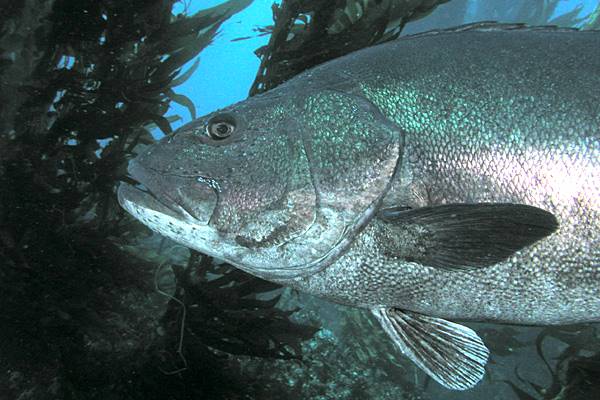Angling and climate change are shifting fish distributions in NE U.S.
Focused upon the grander picture of global climate change, it’s easy to forget the finer — but not insignificant — pressures that humans inflict upon their environment through everyday activity. Whether for subsistence, commercial or recreational purposes, angling is one of the most important of these pressures.
Richard Bell, a National Research Council research associate with the National Marine Fisheries Service, led a study recently published in the Journal of Marine Science regarding the impact of both climate change and fishing pressure on four fish stocks on the Northeast U.S. Shelf. He found that the distinct effects of climate change and fishing differ from species to species, but both catalysts are significant.
“The Atlantic States Marine Fisheries Commission had questions [for the Northeast Fisheries Science Center] about how they should change catch allocations if fish distributions are changing,” Bell said. Lots of energy has been spent studying fish distribution shifts around the world, he explained, and the U.S. east coast has been under particular scrutiny lately.
In his paper, the researchers wanted to tackle a two-part question: are fish stocks really changing, and if so, why? They targeted four commercially and recreationally important stocks. Black sea bass, scup, summer flounder, and winter flounder are all included in NEFSC trawl surveys, dating back to the 1960s. The researchers would use those data, along with estuary and oceanographic temperature data from other studies, to learn which species are subject to certain combinations of influences.
Bell said he employed fish size as a proxy for fishing pressure in the models that quantified changes in the four species’ populations over time. “When you look at populations that are fished,” he said, “they’re typically truncated, so they have a lot of young fish, but they don’t have many old fish.”

Research targeted black sea bass and other area fish to track movement and distribution. (Credit: Aquaimages, via Wikimedia Commons/CC BY 2.5)
The models showed that black sea bass, scup and summer flounder moved poleward. Black sea bass and scup stocks shifted due to changes in temperature, while the summer flounder shifted in response to lessened fishing pressure over the past few decades. Winter flounder distribution showed no significant changes.
Bell’s study didn’t differentiate between pressure from commercial or recreational fishing, but he said both were likely at play. He explained that summer flounder were once overfished by recreational anglers.
“Summer flounder is a really popular fish, both recreational and commercial. They’re quite tasty and really fun to catch,” he said. “They swim up off the bottom chasing squid and other fish around.”
Working with NOAA data in a NOAA facility made acquiring the necessary information a fairly easy job, but combining the data and running statistical analyses wasn’t as simple.
“Those [tasks] are certainly challenging, but that’s what we do on a daily basis,” Bell said. “There weren’t any major stumbling blocks.”
Bell is looking forward to future projects related to the species studied in the paper, in which he’ll examine how distribution and temperature might affect reproductive success. The findings presented in the new paper could likely influence policy, he said, but he’s more concerned with the science involved.
“It was a nice study,” he said. “It really looked in detail at changes in distribution for a particular set of species and found that, as might be expected, it’s rarely one single thing in one case or the other — it’s a combination of factors that drives how populations are going to vary over time.”



0 comments